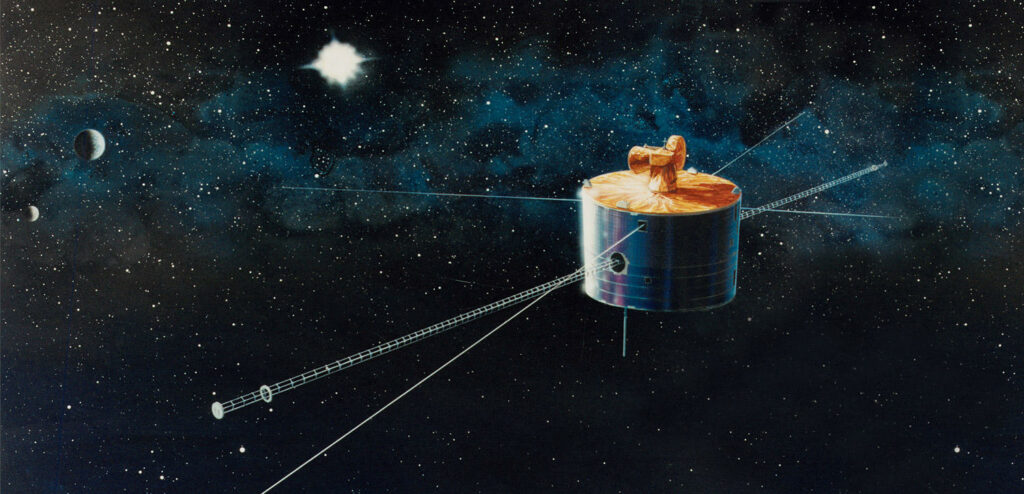The last functioning data recorder of the American-Japanese Geotail device failed. If JAXA and NASA specialists fail to fix the problem, it will mean the end for the veteran mission, which recently celebrated its 30th anniversary.

The Geotail satellite was launched in 1992. It was intended to study the structure and dynamics of the Earth’s magnetosphere, especially its “tail”. It is formed by a stream of charged particles of the solar wind, which move along the magnetic field lines and leave it, forming a long tail-like region stretching from the night side of the Earth.
To get an opportunity to study the “tail”, Geotail performed a series of complex maneuvers, which included 14 flights of the Moon. This put the device into orbit with a perigee of 51 thousand km and an apogee of 190 thousand km, where it remains to this day.
Over the years, Geotail has made many scientific discoveries. As it often happens, some of them were not at all in the field of research for which the device was built. For example, it discovered oxygen, silicon, sodium and aluminum in the lunar exosphere.
In 2012, Geotail’s data recorder broke down, after which the device switched to a spare one. Unfortunately, on June 28, 2022, it also failed. Currently, the engineers’ attempts to restore the device have not been successful. Without a recorder, Geotail cannot record and transmit the information collected by its tools. If specialists fail to fix the problem, it will mean that Geotail’s 30-year mission has come to an end.
Earlier we talked about the unsuccessful launch of the Japanese Epsilon rocket.
According to https://www.space.com
Follow us on Twitter to get the most interesting space news in time
https://twitter.com/ust_magazine
